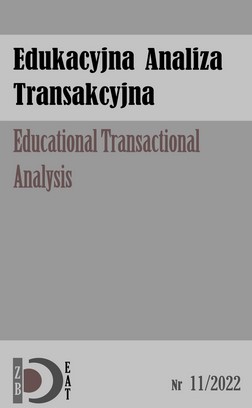Computer games in the hierarchy of importance of children’ and adolescents’ activities in the ICT world – research report: learners’ and teachers’ opinions
Computer games in the hierarchy of importance of children’ and adolescents’ activities in the ICT world – research report: learners’ and teachers’ opinions
Author(s): Eunika Baron-PolańczykSubject(s): Behaviorism, ICT Information and Communications Technologies, Sociology of Education
Published by: Uniwersytet Jana Długosza w Częstochowie
Keywords: diagnostic and correlative research; opinion correlation; information competencies; using ICT; computer games;
Summary/Abstract: The article presents a fragment of diagnostic-correlative research of a mixed character, identifying learners’ information literacy in the use of ICT methods and tools. The author aims to answer the question defining the frequency of using ICT by children and adolescents (hierarchy of importance of activities) in the area of computer games. For this purpose, the method of a diagnostic survey (questionnaire and interview) and statistical methods (chi-square test of independence and Pearson’s correlation coefficient) were used. Together, 2510 learners and 1110 teachers (in Poland) were involved. It was established that: 1) according to the aggregate hierarchy of importance of activities undertaken in cyberspace, the learners attached little weight (fourth place) when the teachers the greatest (first place) to computer games; 2) there is a relationship (correlation: average, positive – r 0,49) between the learners’ and teachers’ opinions as to the frequency of using ICT instruments by children and adolescents in order to play; 3) the calculations showed significant statistical differences between the frequency of using ICT by children and adolescents in the area of computer games and their gender and the stage of education; 4) there is a noticeable similarity between the opinions of the learners and the teachers and an insignificant “separation” of the world of children and youth (“Us”) from the world of teachers (“Them”).
Journal: Edukacyjna Analiza Transakcyjna
- Issue Year: 2022
- Issue No: 11
- Page Range: 155-170
- Page Count: 16
- Language: English

